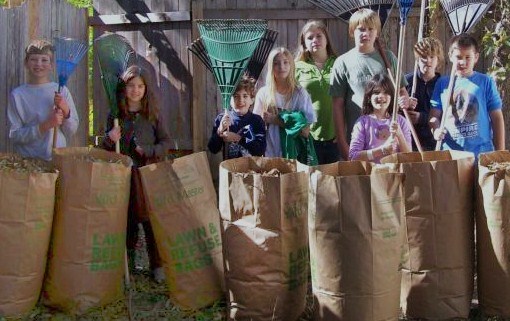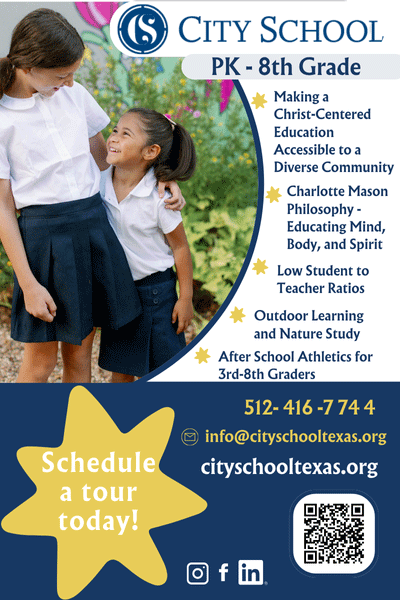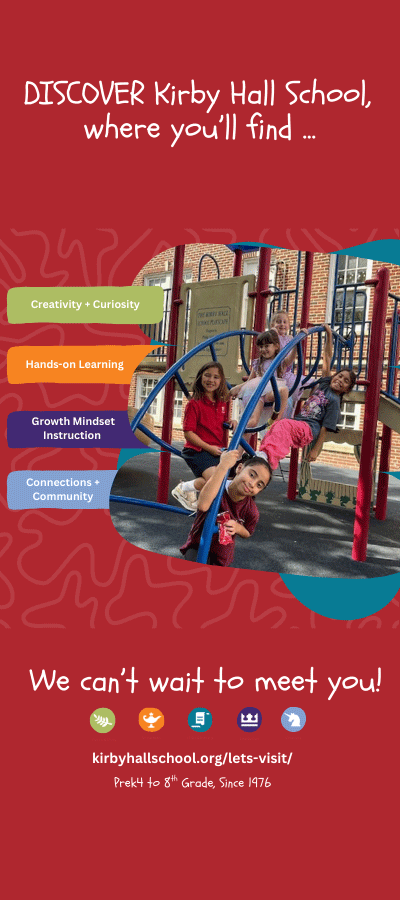Jumping rope to help others
/
David Darcy founded and currently teaches at School on the Rise in Southwest Austin. He is also a nationally recognized expert on Waldorf and homeschool education, frequent public speaker, musician, and nature enthusiast. He joins us on the blog to share a special service project his students are involved in and to invite others to join them in supporting a great cause.
Most students love animals, movement, and helping others. These will be combined this fall when the students at School on the Rise hold their annual Jump-a-thon to raise money for a good cause.
Heifer International was chosen as the recipient of our fundraising because their program is based on “the gift that keeps giving.” Heifer works with people in need all over the world, giving them animals that produce food or fiber that can be turned into a sustainable source of income. Family members are taught how to care for the animals, and the income is used for food or other basic needs and often allows parents to send their children to school. Furthermore, Heifer requires each receiving family to give offspring from their animals to others in their village, thus growing the wealth and knowledge of the community.
At School on the Rise, each of our students will decide which animals they want to have Heifer donate to a hungry family. They then set goals of how many times they will jump rope during the week. By getting relatives, friends, and neighbors to sponsor them for a certain amount per hundred jumps, they turn a week of jumping rope into a donation to help others.
The Jump-a-thon started in 2012 when six students raised $1,285; their goal had been to raise $720. One student that year jumped 9.000 times in the Jump-a-thon week. Since then, the amount raised each year has grown as the number of students participating has grown. Chicks, honeybees, and goats are the animals most frequently given by our students, although some have given sheep, rabbits, or even a llama or water buffalo.
The Jump-a-thon involves goal-setting, as students set challenging but achievable goals; people skills, as they talk to potential sponsors; perseverance, as they work toward those last hundred jumps each day; and follow-through, as they go back to their sponsors to collect the donations.
Most of our students can jump one hundred times in less than a minute, so jumping 2,000 times a day is a very reasonable time commitment. But if their goal is 10,000 jumps for the week, and their legs are hurting Wednesday morning, they really have to work hard to meet that goal.
I would love to have students at other schools join us or do their own Jump-a-thon. So please contact me if you'd like to learn more.
David Darcy


















